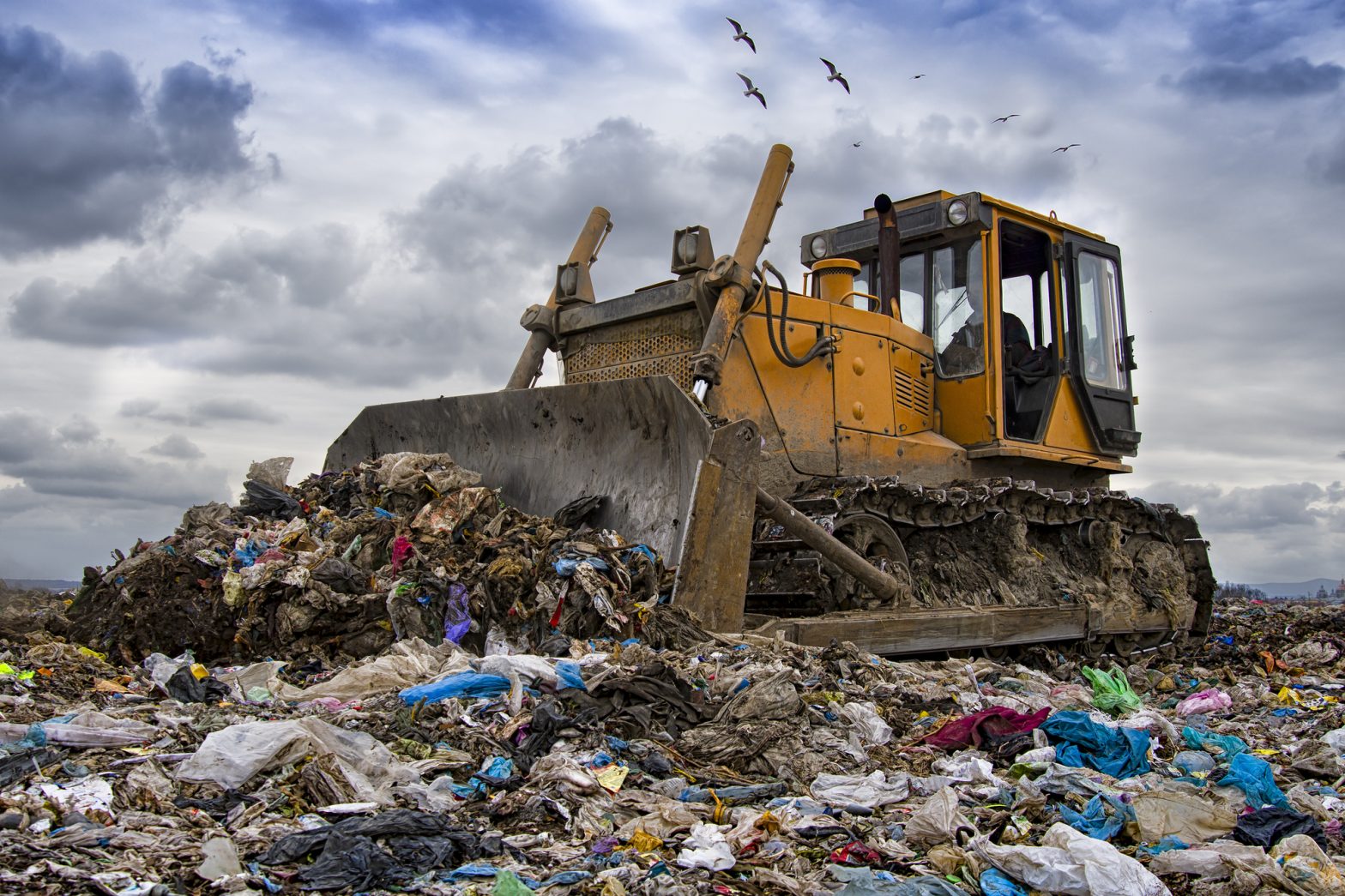
6 Potential Future Improvements for Waste Sites To Support Sustainability
From 2020 to 2021, Australia produced 75.8 million tonnes of waste. The amount of waste has risen steadily and is up 12.8 million tonnes (20%) over the past 15 years.
The good news is, Australia has focused on recycling in recent years. However, 84% of plastic still goes straight to landfills, where it can take up to 1,000 years to break down. Efforts to reduce the use of plastics in society and enhance recycling operations can address this issue in the future. However, technological advances and new processes adopted by waste sites and waste management companies may turbocharge sustainability efforts and reduce the impact plastics and other types of waste have on the environment.
Here is a look at six of the most promising advances that are making waste sites more sustainable.
Automated Technologies
Automated technologies can streamline waste management processes. These advances extend to predicting the generation of waste and recycling using AI, automating the sorting process for waste and recyclable materials, and finding ways to reduce costs to make engaging in sustainable practices more practical and profitable.
Artificial intelligence can also help facilitate waste removal during construction and renovation. Not only will AI algorithms help predict optimal pickup times to reduce landfill trips, but they can also help you figure out how to reduce the amount of waste sitting on the work site at any given time. The owners of surrounding properties will surely appreciate the streamlined waste management processes.
AI applications in waste management can already help collection vehicles plan routes and crunch vast amounts of data to find the most efficient treatment and disposal options and predict future demand for landfills, recycling, and solid waste disposal.
Australia has long struggled with issues related to sorting waste and separating recyclables. Automated sorting systems can remove human error from the equation, maximise accuracy, and make intensive sorting more cost-effective.
Innovative Storage Solutions
Innovative waste containers can make collection and transportation easier and help store waste safely until it is ready for sorting, compaction, or incineration. Modular containers can help meet demand. For example, during large events, a city may need more bins to collect waste. They can move these into place and then easily move them elsewhere when needed.
Meanwhile, custom waste compaction systems can help by reducing the amount of space waste takes up in a landfill. Also, waste compaction can reduce handling costs and lower emissions by allowing waste handlers to make fewer trips.
Decreased Use of Plastics
Plastic-free trends are growing in Australia. For example, retailers in South Australia banned single-use plastic bags in 2009. Other states followed suit over the next decade, with NSW becoming the eighth state to institute a ban in 2022.
States are also considering instituting bans on other single-use plastic, such as drinking straws, takeaway containers, and plastic cups. Since a majority of plastic items make their way to landfills, these trends will help limit plastic, with one estimate suggesting that bans and other efforts will keep 2.7 billion plastic items from entering the environment over the next two decades.
Some businesses, such as McDonold’s, are getting in on the act by offering reusable packaging for people who dine in their restaurants. These containers are washed and reused, reducing the amount of waste produced by the fast-food industry.
Increased Recycling and Reuse Programs
The benefits of recycling include reduced reliance on landfills, cost savings, emissions reduction, and conservation of natural resources.
Australia’s Recycling Modernisation Fund (RMF) focuses on increasing the nation’s ability to recycle plastic, glass, rubber, and paper products like cardboard. The government recently contributed $250 million to the RMF to jumpstart the effort to modernise the recycling infrastructure.
Ultimately, the goal is to reduce landfill reliance by creating a circular economy that relies primarily on recycled and remanufactured items.
The programs have also brought economic opportunities and employment to areas that traditionally rely on seasonal work like farm labour. Others provide a site for waste removal companies to bring recyclable products to be sorted, recycled, and repurposed.
Ultimately, the result of these efforts is the increased use of recyclable waste as a raw material rather than something to be covered over in a landfill.
Improved Composting and Anaerobic Digestion Methods
Biodegradable materials are typically not classified as plastics when it comes to waste. However, these materials still end up in landfills, where they take up space, and they need to be transported there, producing carbon emissions.
Composting and anaerobic digestion techniques reduce the amount of organic waste requiring processing and transportation to landfills. In many ways, organic waste is more difficult to handle because it produces odours and gasses and often requires more careful handling than plastics and metals, which are easier to clean and repurpose.
Composting seeks to convert organic waste into nutrient-rich soil useful for agriculture and gardening. Traditionally, this is a time-consuming and labour-intensive process requiring a combination of the material with soil and manual mixing until it degrades. New rapid composting methods reduce the decomposition process to two or three weeks.
Anaerobic digestion, meanwhile, draws the natural gasses out of organic matter and converts them for use as low-polluting biofuels. The remaining waste can then be converted into compost.
In both these cases, waste gets saved from landfills, pollution is lower, and the result is a value-added product that can bring profits to processors and the circular economy.
Reducing Pollution from Landfills
Landfills produce methane, a potent greenhouse gas that impacts global warming. New technology allows waste sites to collect landfill gasses. Landfills can use passive systems with underground piping that moves the gas to a central collection pipe as it gets released by the waste. Active systems rely on vacuums and piping to collect the maximum amount of gas and force it to a collection point.
There are a few ways to tell if a methane collection system is effective. In addition to ground-based monitoring, satellite imaging can be used to detect methane emissions. These methods can alert waste sites and regulators to excessive emissions.
What can individuals and businesses do to support sustainability? One simple step is to use skip bins effectively. By properly sorting waste, packing it to reduce the number of trips, and removing air pockets, you can increase the sustainability of your waste handling. Also, understanding sorting for recycling and placing recyclables in the proper skips can help streamline sorting for the waste processor.






